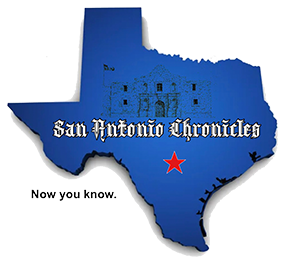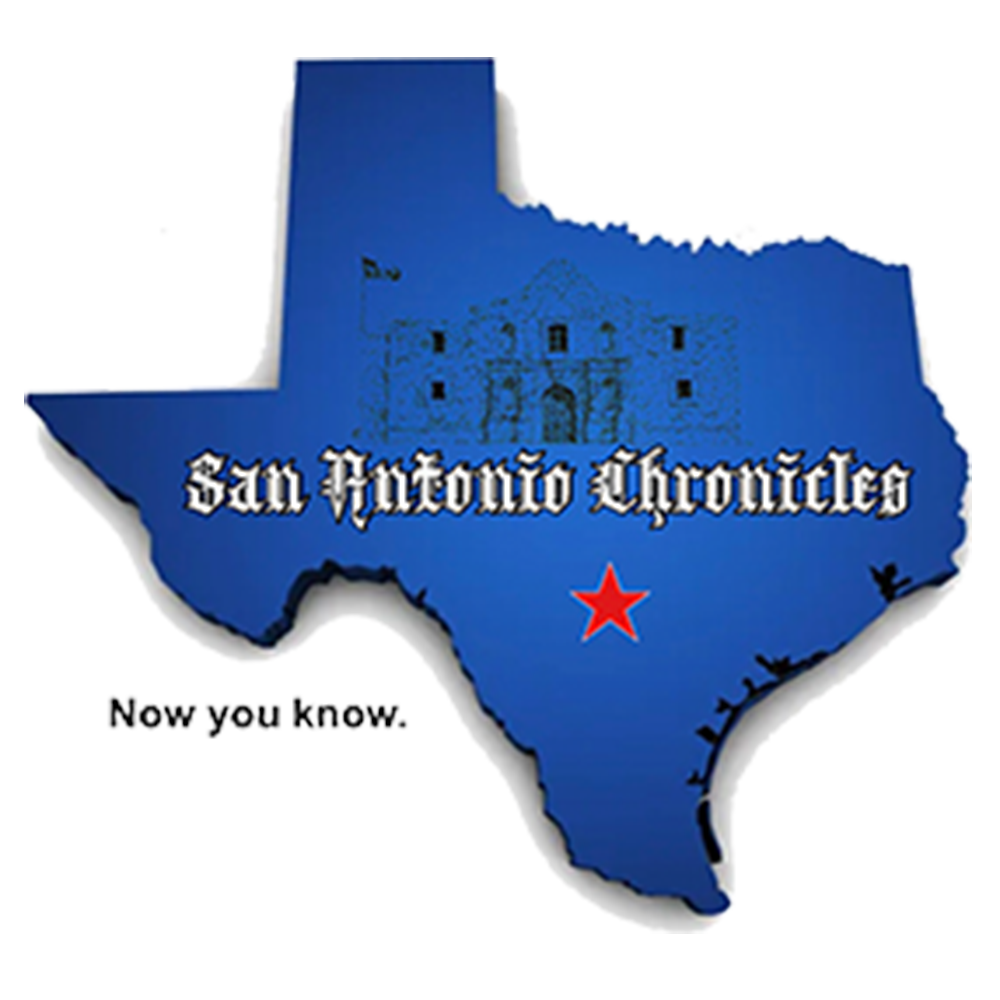San Antonio Metropolis Council on Thursday voted 7-3 to amend town’s signal code and permit a digital billboards pilot challenge in components of San Antonio.
The choice comes after practically three years of discussions amongst members of the council, metropolis workers, different stakeholders and the Denver-based OutFront Media, which introduced the idea to San Antonio in 2022.
With approval from council, 10 rotating and brightly lit indicators not not like these seen in New York Metropolis’s Instances Sq. could possibly be put in on buildings in designated components of San Antonio beginning later this yr.
The change to the ordinance brings a one-time funding of $1 million for public arts and an estimated $500,000 a yr in income sharing for town.

The 2-year pilot challenge will permit the digital billboards in eight areas of town:
UTSA District
Downtown West District
Downtown East District
Downtown South District
Alamodome East District
Port San Antonio
Brooks
Toyota Subject
The Blue Star Arts District was initially thought-about, then later faraway from the listing on the request of stakeholders within the district.
The challenge shall be guided by a set of necessities within the ordinance, which outlines sure standards for the type of content material that seems on billboards and the size of time the indicators shall be working.
The indicators can’t be put in in locations the place they are often considered from the San Antonio River Stroll, in accordance with the rules, and couldn’t go up on any constructing that’s designated historic.
Particular places shall be accepted via a allowing course of, and all signage in historic districts would bear overview by the Historic and Design Overview Fee and town’s Workplace of Historic Preservation.
Of the ten indicators permitted in designated areas of town, two shall be on metropolis property, and thus, should undergo a request for proposal course of. These on non-public property shall be put in and operated beneath contract with the constructing homeowners. The show measurement can not exceed 25% of a constructing’s exterior.
Through the pilot, which begins in September, 10% of every billboard’s advert income would go to town, which is able to use the funds to help arts applications. The indicators additionally could possibly be utilized by town 20% of the time for civic messages and to exhibit native artwork.
Along with 5 stakeholder conferences throughout which the proposal was introduced, town has hosted 4 public enter periods and fielded a survey for group suggestions on the proposed program.
“I used to be a member of the duty drive … for the signal code and when this was introduced to the duty drive, it fell flat,” mentioned Patti Zaiontz, a former president of the Conservation Society of San Antonio, which has opposed the indicators.
Not less than seven folks and representatives from the Conservation Society spoke in opposition to the proposal on the council assembly, objecting to how they felt the signage may detract from the historic appeal of town.
Kathleen Trenchard known as it a Malicious program. “What we now have inherited right here in San Antonio is a jewel,” she mentioned. “Don’t let the carpetbaggers destroy it within the identify of supporting the humanities or anything they’ll contract for our eyeballs.”
Proponents of the billboards level to their capability so as to add mild and enhance public security in some components of city, and for offering a platform for the humanities. Related applications exist in Denver, Atlanta and West Hollywood, Calif.
Representing OutFront Media, David Ehrlich mentioned the system will drive cash into the humanities.
“San Antonio is a tremendous metropolis — I’ve been coming down right here for 3 years, and also you do have unimaginable tales to inform,” he mentioned. “This program, with the screens — sure, it is going to be screens — however there’s a major contribution to artwork, and artwork at all times wants help from cities.”
District 4 Councilman Edward Mungia mentioned he particularly favored that this system would offer publicity and alternative for highschool artists from his district.
However District 9 Councilman John Braveness mentioned that whereas he helps the challenge, he thinks each the income and time sharing with town must be elevated by at the very least 5%.
District 3 Councilwoman Phyllis Viagran mentioned stakeholders in her district help the signal code change, together with Brooks, one of many designated areas. Viagran sits on the council’s planning and group growth committee which thought-about the proposal at 4 totally different conferences because it was first proposed.
District 10 Councilman Marc Whyte urged that the income from the indicators may assist town proceed to fund the humanities throughout “tight budgetary occasions.”
“As we’re fastidiously deciding on the places for these specific tasks, and we’re going to be conscious of what promoting is occurring the indicators … I’m snug with this system,” Whyte mentioned. “I do like the truth that it may unencumber some basic fund cash … and extra {dollars} going into our infrastructure applications.”
Councilwomen Sukh Kaur (D1), Teri Castillo (D5) and Marina Alderete Gavito (D7) voted towards the ordinance change and Councilman Jalen McKee-Rodriguez (D2) was not current.
Kaur mentioned she deliberate to vote towards it as a result of blended suggestions acquired in public conferences and the survey.
Castillo additionally mentioned she was hesitant to help the pilot due to the general public’s detrimental response, and urged town must be getting a bigger share of the income whereas supporting the humanities.
“I feel it’s essential to spotlight that this can be a superficial-appealing choice,” she mentioned. “The town of San Antonio and council may put money into the humanities. We shouldn’t must depend on this pilot program to offer the help that our arts group deserves.”





